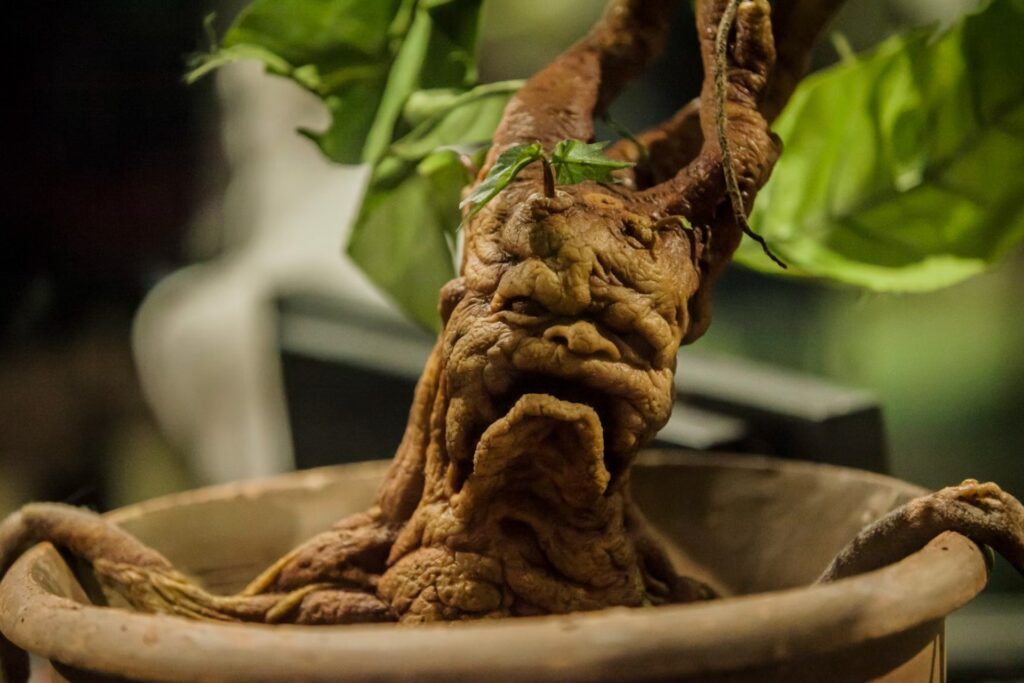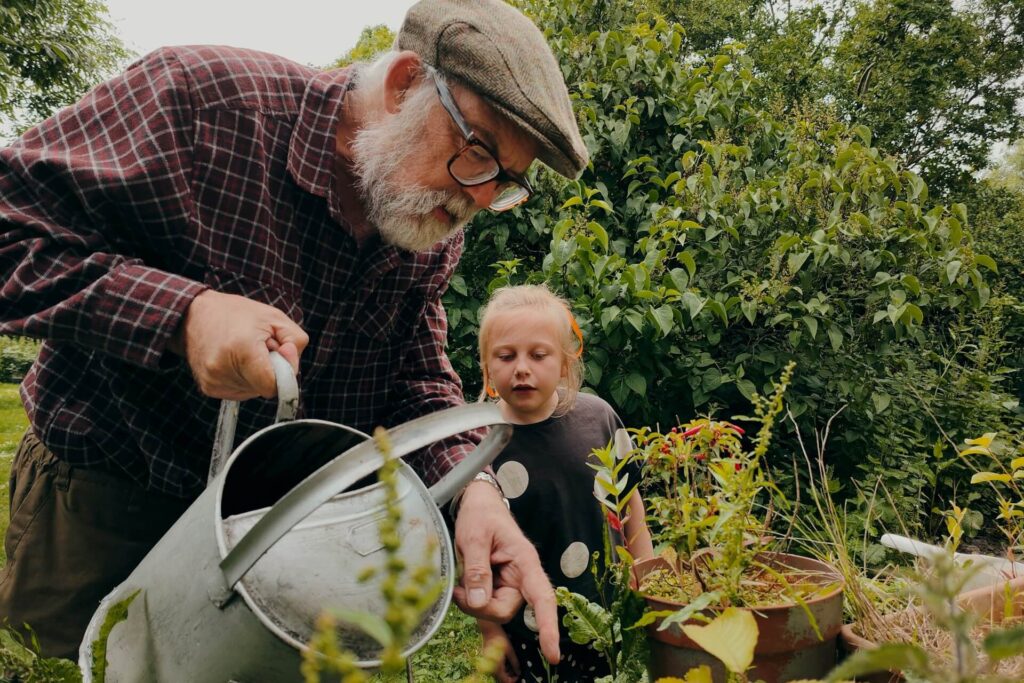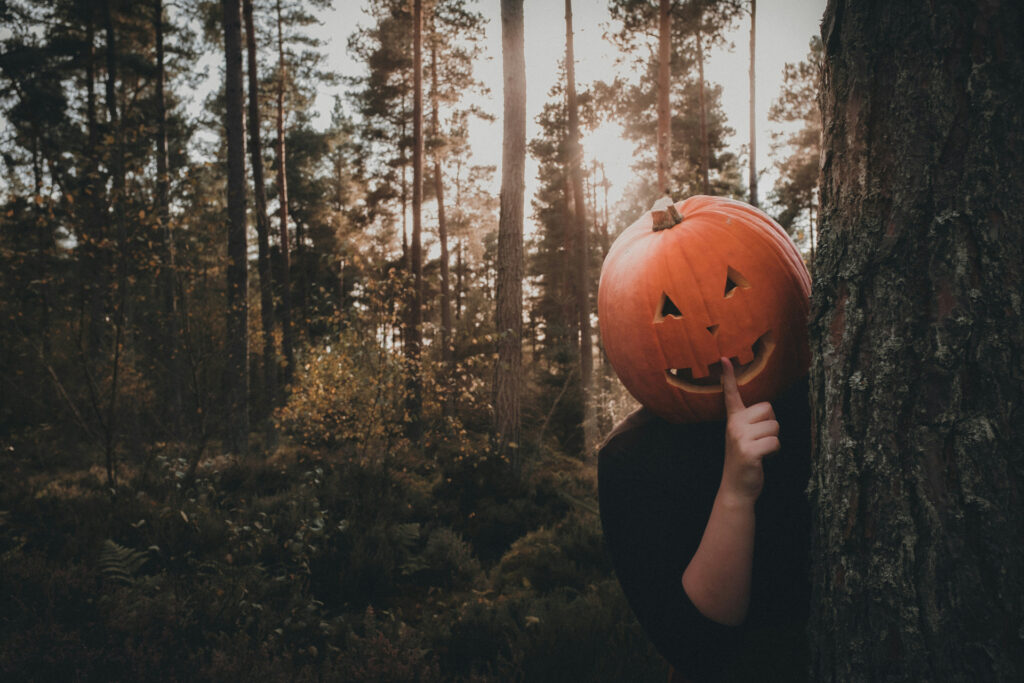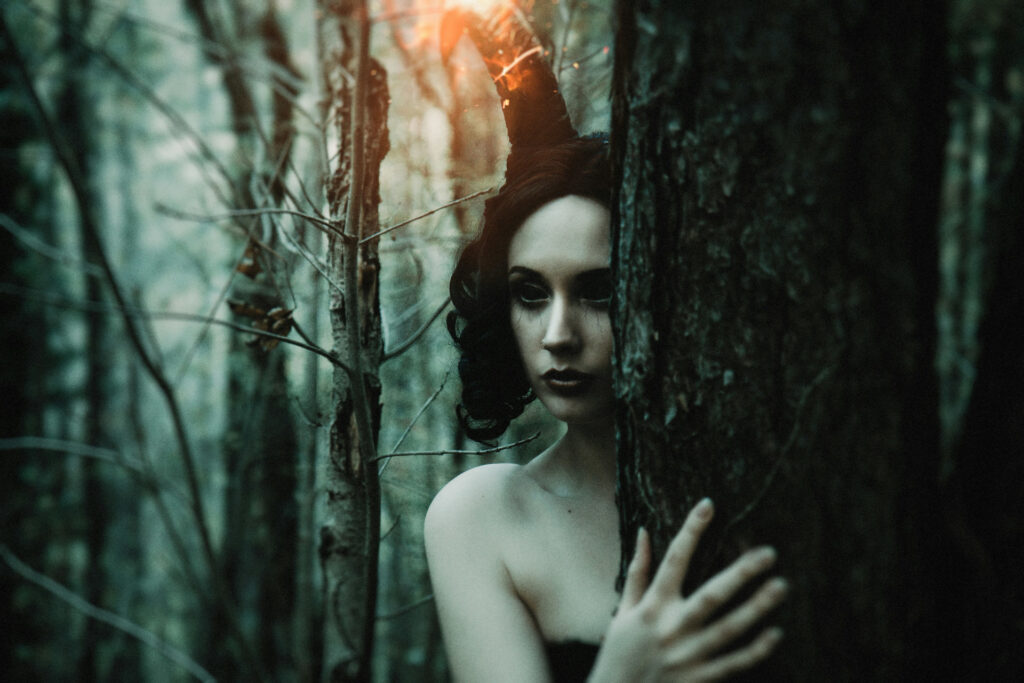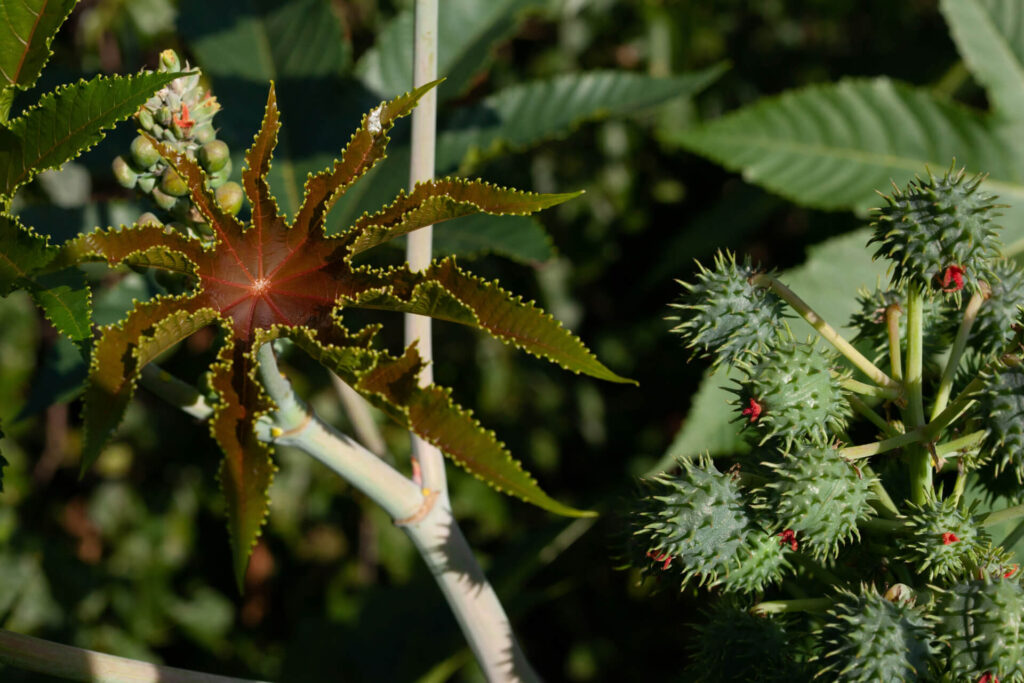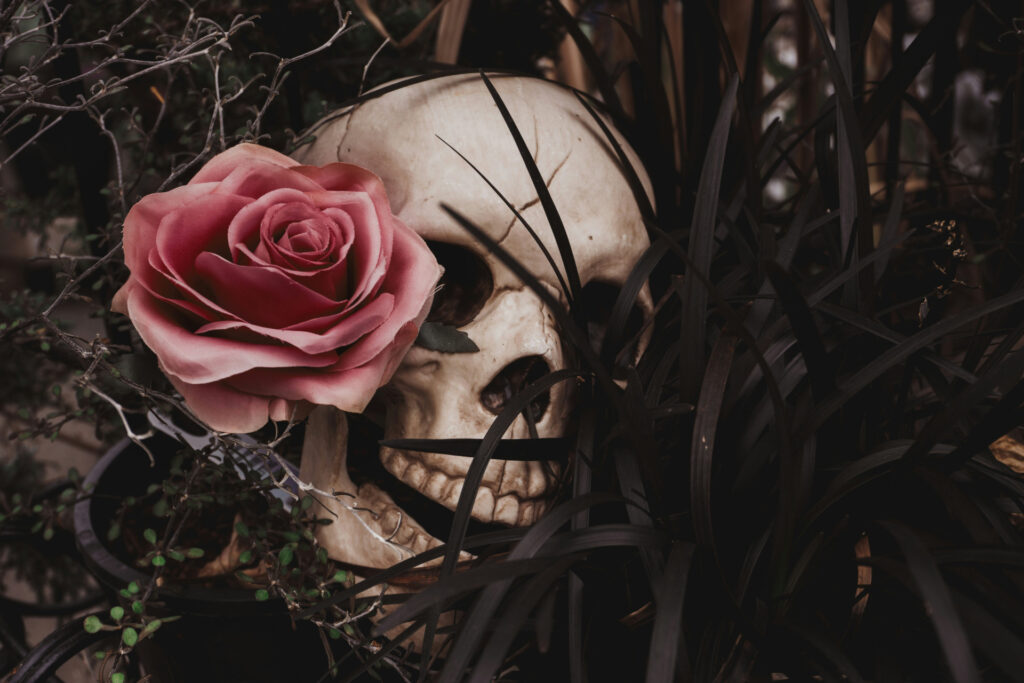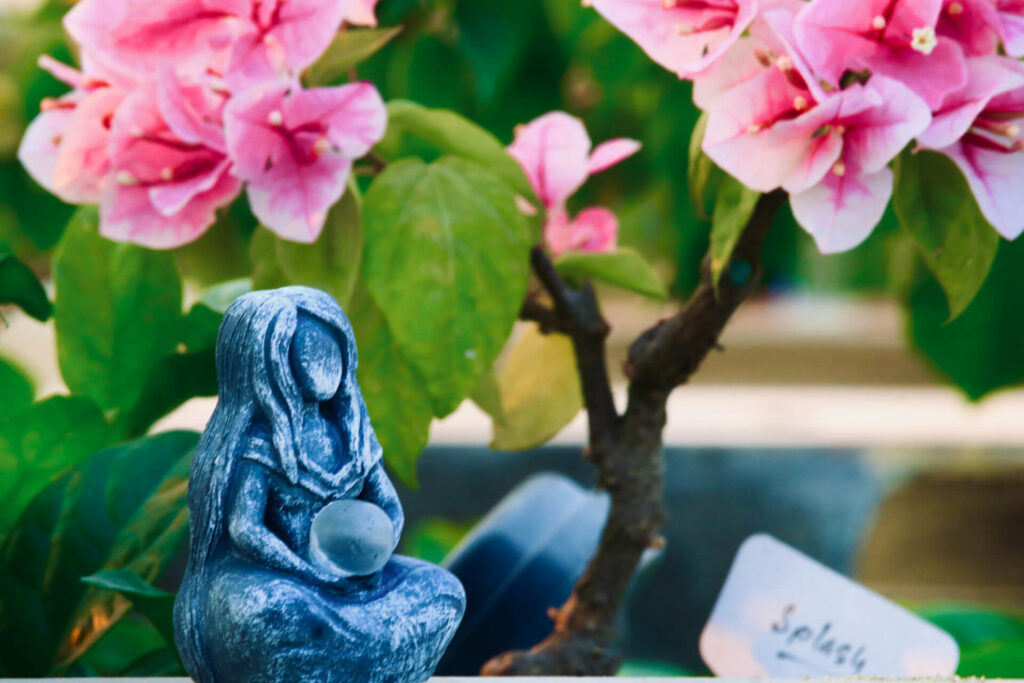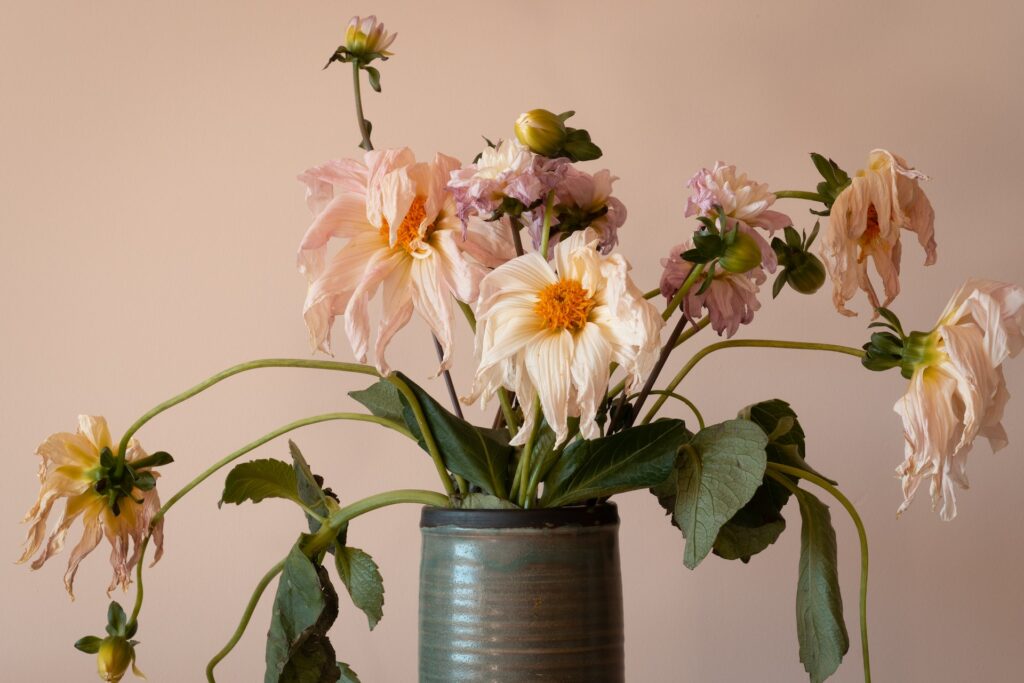
We are reader-supported. When you buy through links on our site, we may earn an affiliate commission.
Plants add life and vibrancy to our homes and gardens. From towering trunks to the prickly points of a succulent, plant life also comes in all shapes and sizes. To protect your diverse range of greens, you can pot them to ward off harsh weather and pests all year round. Stones potted plants provide aesthetic pleasure, additional protection from nibbling creatures, soil retention and better drainage.
Step up your stone game and introduce a fresh wave of energy to your plants inside the home and out.
1. River Rocks
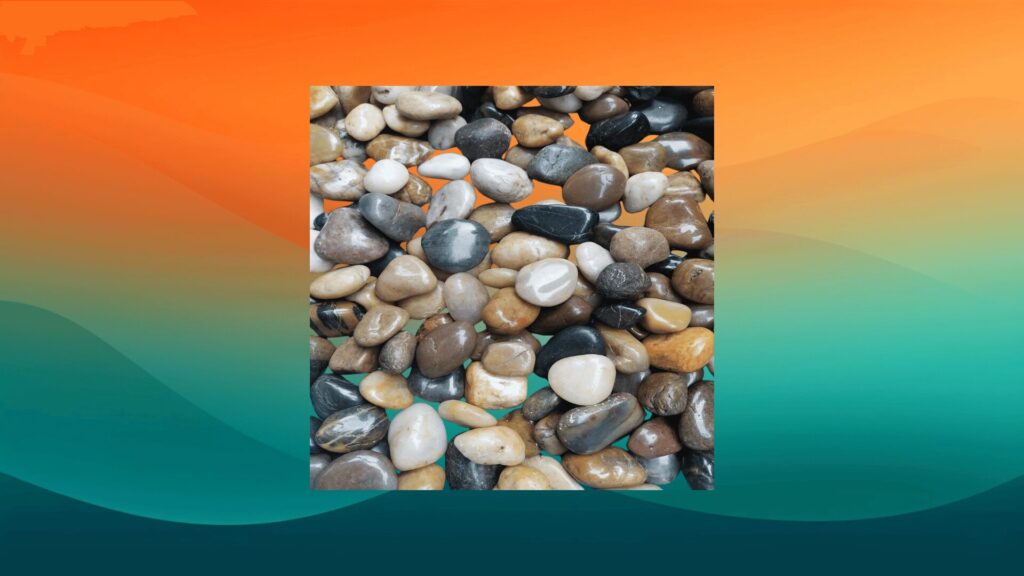
River rocks are smooth and polished stones for potted plants. Weathered by the rushing streams of water (or manufactured to look this way), the variety of colors and shapes cast a colorful glow on any garden.
Try adding these unique rocks to the top of a potted indoor plant to find a mess-free watering experience. Rough rocks may splash water outside of the pot, but the smoothness of these river stones allows liquid nutrients to filter throughout the soil.
Outside of the home, people can use river rocks as a bed on which to place larger potted plants. Imagine the soft hues of blues, tans and greys dotting the ground after a rainfall. With both aesthetic pleasure and practicality, river rocks are a great addition to your garden.
2. Gravel Nuggets
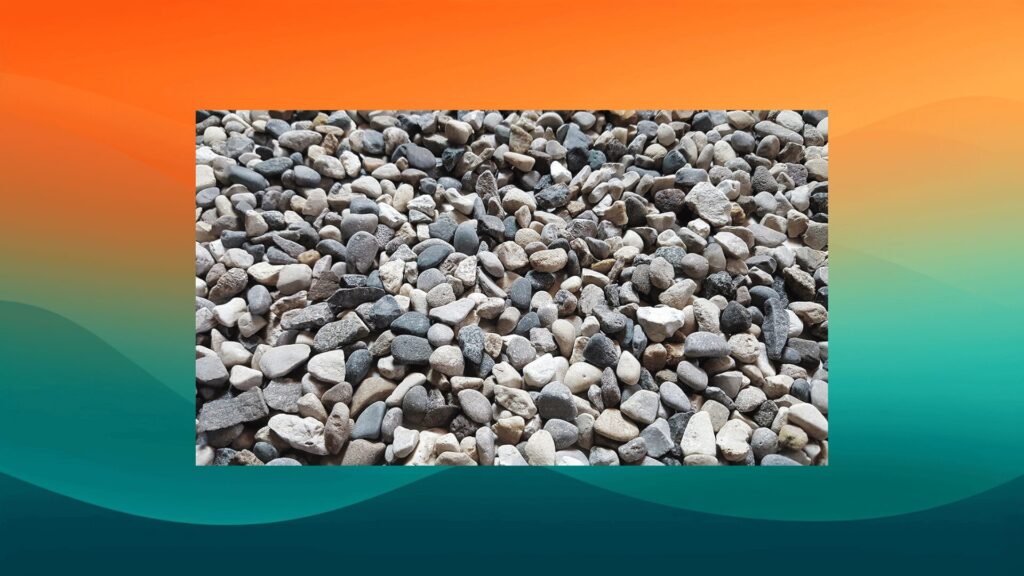
Gravel nuggets are both smaller and rougher than river rocks. Made from chipped gravel, the nuggets may come in white, grey or black shades. You may find gravel nuggets inside terrariums and succulent gardens because smaller spaces pair well with these miniature shards.
Nuggets are more than decorative, however. When placed on top of the soil, nuggets displace bugs and pests trying to reach the soil. The nuggets also tamp down the soil inside of the pot so that harsh winds or rain do not sweep it away.
3. Pea Gravel
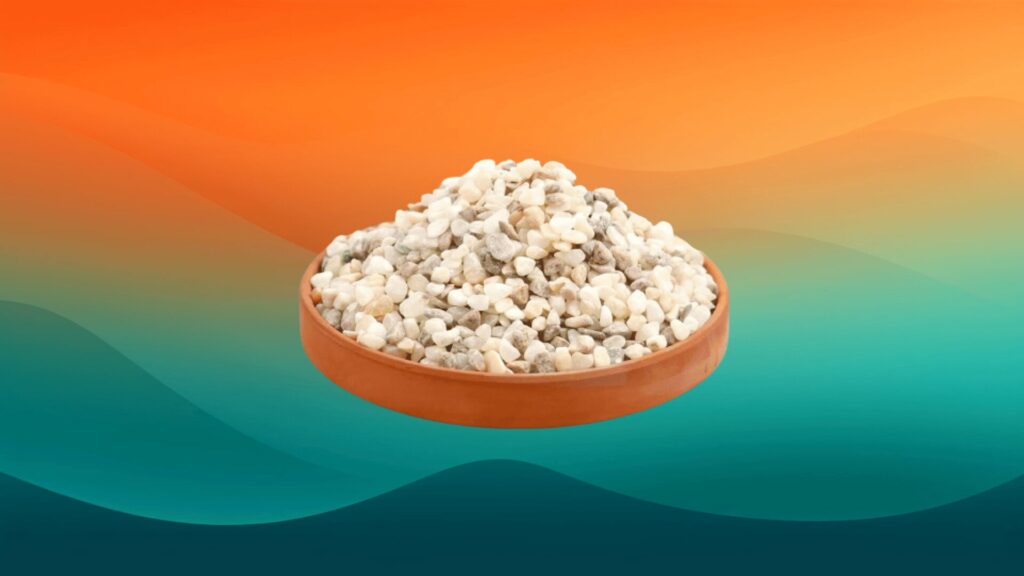
Pea gravel is another smallish rock collection that relies on shades of tan and white for its decorative element. For more of a sandy, desert look, pea gravel is the perfect option. It also adds needed weight to fragile or unbalanced pots.
For smaller rock and gravel mixes like this, you may find improved drainage in your potted plants. The rocks increase the spaces between soil, making it less packed and dense. Water is then able to filter through and nourish the plants properly.
4. Clay Pebbles
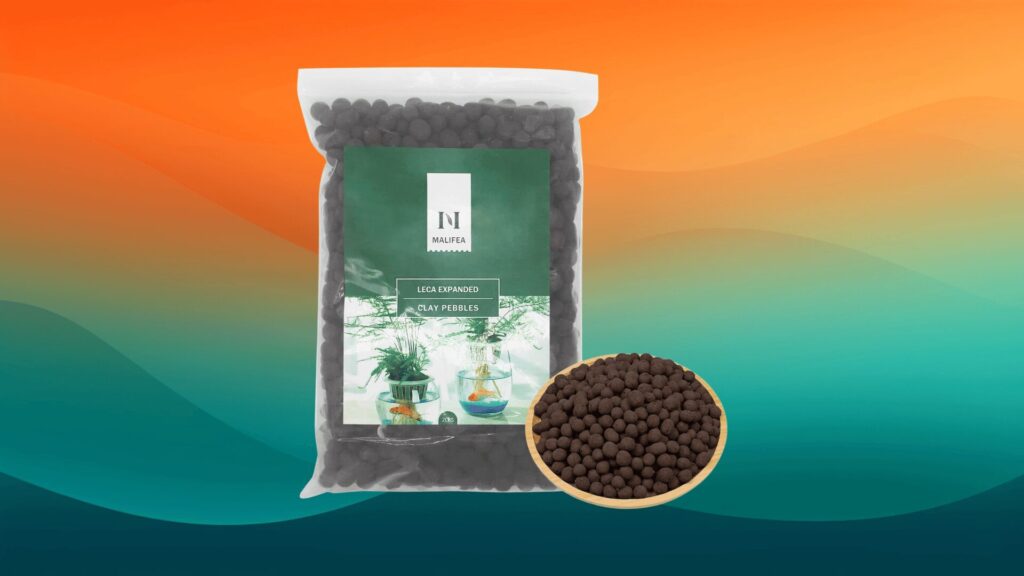
Clay pebbles offer a more unique appearance with their rounded, bean-like appearance. You may recognize clay pebbles from bonsai mixes. They are filled with tiny air pockets that contain moisture and oxygen needed for proper plant health.
Even better, these pebbles are known to repel pests like gnats.
5. Gemstones
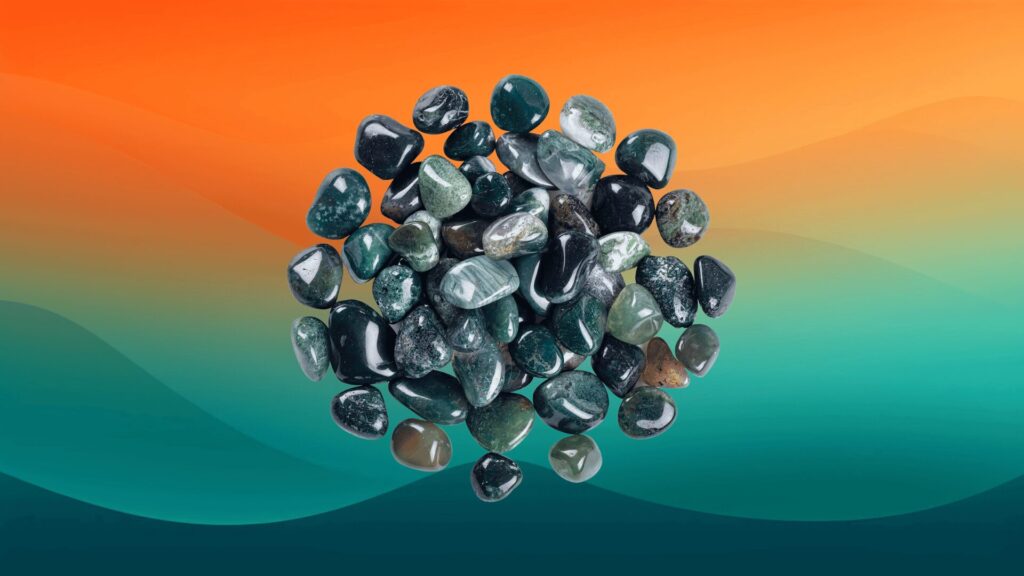
Gemstones and precious stones are the ultimate addition to a decorative garden or windowsill collection. In the sunlight, their unique reflections of color create dancing rainbows and shapes. Outside, butterflies may find these warm light patches as places to rest and dry after rain.
There are also endless varieties of precious stones you can add to your potted plants. Rough, polished, translucent, large and small gemstones are here to add color and beauty.
Moss agate is known as the gardener’s stone for its mellow green color. You can play off of its gentle energy by pairing it with a spiky cactus or hardy succulent.
6. Perlite
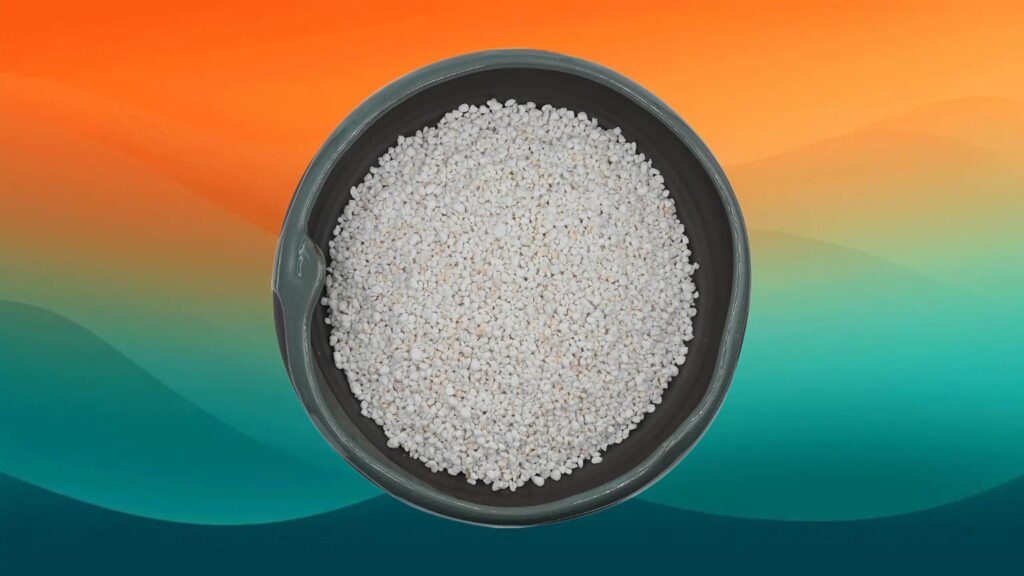
These kinds of stones for potted plants are lightweight and long-lasting. Perlite is good for potted plants, especially those that prefer well-draining soil. Due to its ability to improve drainage and aeration, it prevents root rot. You can also add some gravel or crushed rocks to the soil mix to improve drainage further
Another benefit is that it doesn’t break down over time, reducing the flow of air and water through the mix. All of these attributes make it a great stone to help healthy growth.
The best way to use this stone is by adding it to your potting mix at a ratio of about 1 part perlite and 3 or for parts of the potting mix.
7. Lava Rocks

Lava rocks are lightweight, porous stones created by volcanic eruptions. They are especially beneficial for succulents when used as a soil additive or top dressing. Their porous structure promotes quick drainage of excess water. It is key for preventing root rot in succulents that thrive in drier conditions.
Additionally, their versatility is a significant advantage. You can use them as a base layer in pots, mix them into the soil, or apply them as an attractive top dressing.
However, remember that some lava rock products may produce dust, so it’s a good idea to rinse them before use. Also, since lava rocks do not provide soil nutrients, ensure your succulents receive the necessary nutrients from other sources.
Harness Pebble Power
Potted plants come in all shapes and sizes, so your stones should match their personality and needs. No matter what your greens need, stones provide aid in many forms. With the right selection, your green thumb turns a little bit brighter. Lastly, these stones and clay pebbles offer oxygen to the roots and repel pests. This way, you are helping your plants to grow faster and healthier.
Frequently Asked Questions
Should I Place Stones at the Bottom of My Plant Pots to Improve Drainage?
Using stones at the bottom of plant pots does not improve drainage. It may create a perched water table, leading to potential root issues. Instead, use a well-draining soil mix.
Can I Use Any Type of Stone for My Potted Plants?
While you can use stones in a decorative way, it’s important to use ones that won’t alter the soil’s pH or leach harmful substances. Safe options include river rocks, pea gravel, and perlite.
How Often Should I Replace the Stones in My Potted Plants?
Stones for potted plants generally don’t need frequent replacement. But, if you notice mold growth, discoloration or signs of degradation, clean or replace them. Also, to maintain a healthy plant environment.
Do Stones Help in Preventing Soil Erosion in Potted Plants?
Yes, adding a layer of stones on top of the soil can help prevent soil displacement during watering. This keeps the soil intact and reduces erosion.
Are There Any Downsides to Using Stones in Potted Plants?
There are some potential downsides, such as hindering drainage and raising soil PH. Also, in some cases, it can attract pests or diseases. You can avoid this by selecting these stones for potted plant arrangements. This way, you’ll enhance your plants’ health and beauty.
Original Publish Date 2/11/2023 — Updated 5/15/2025
